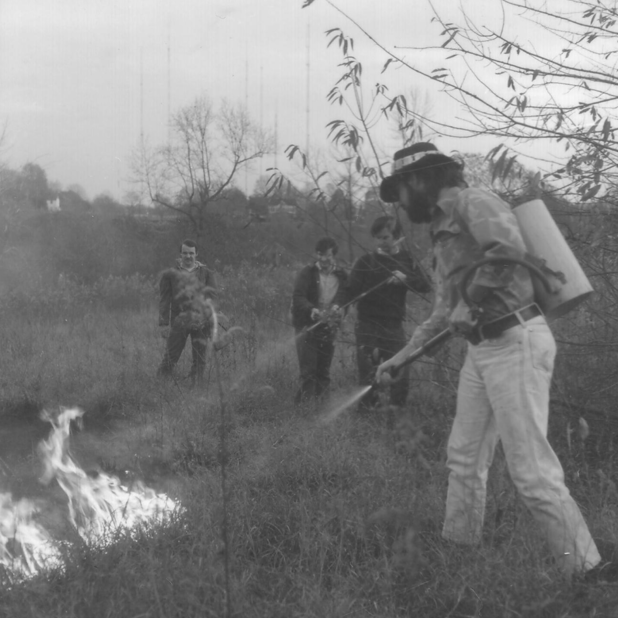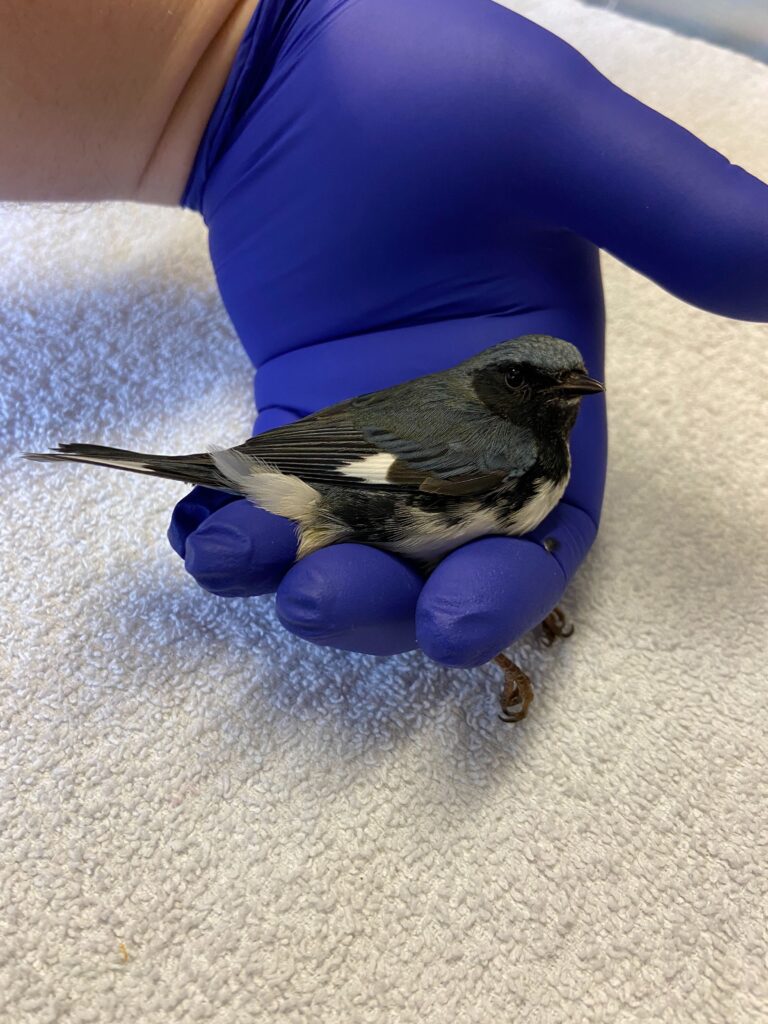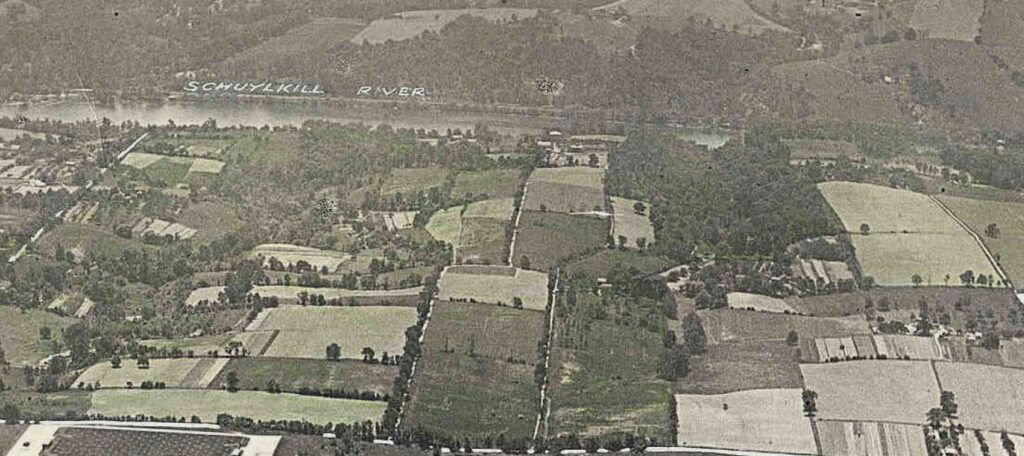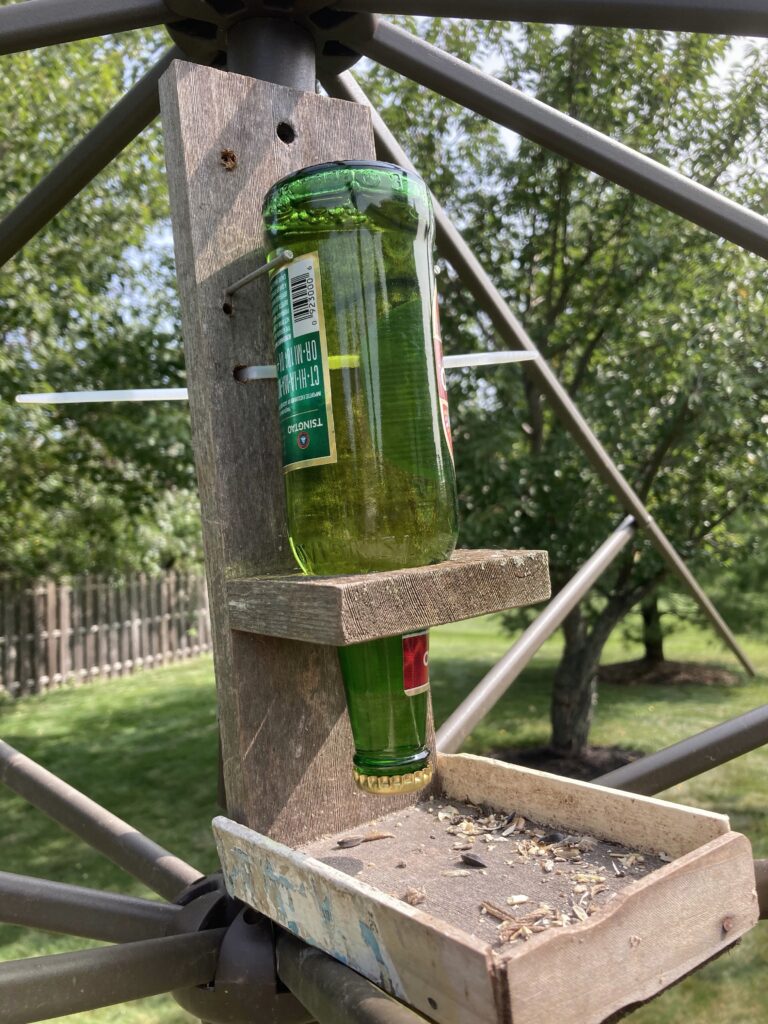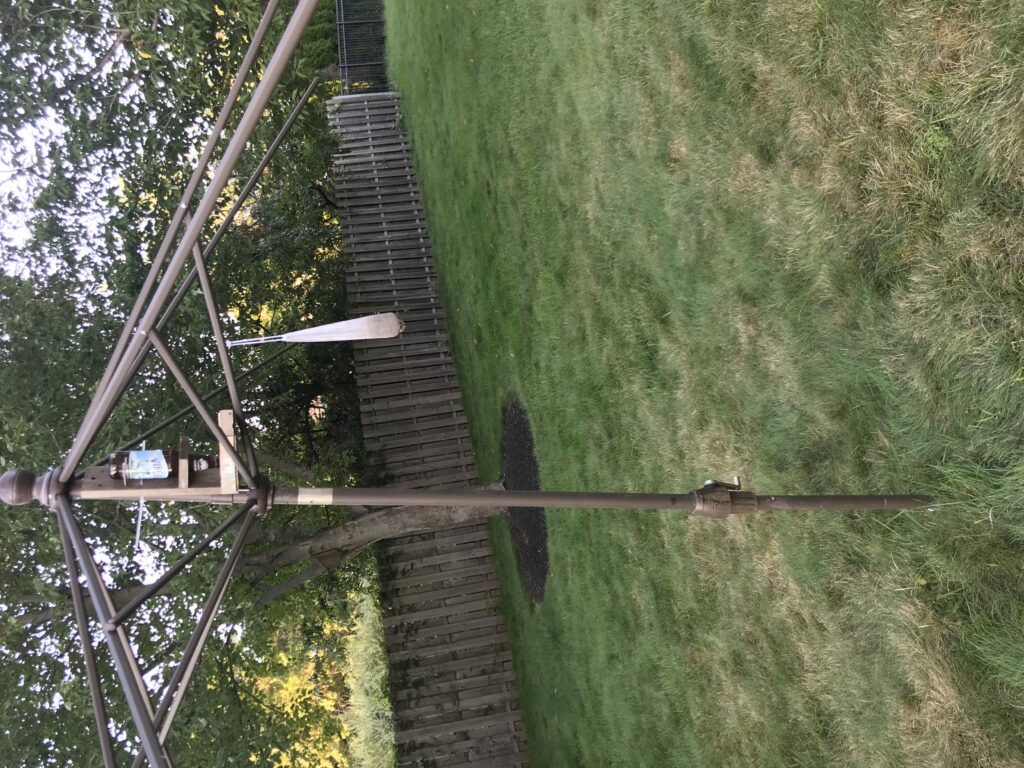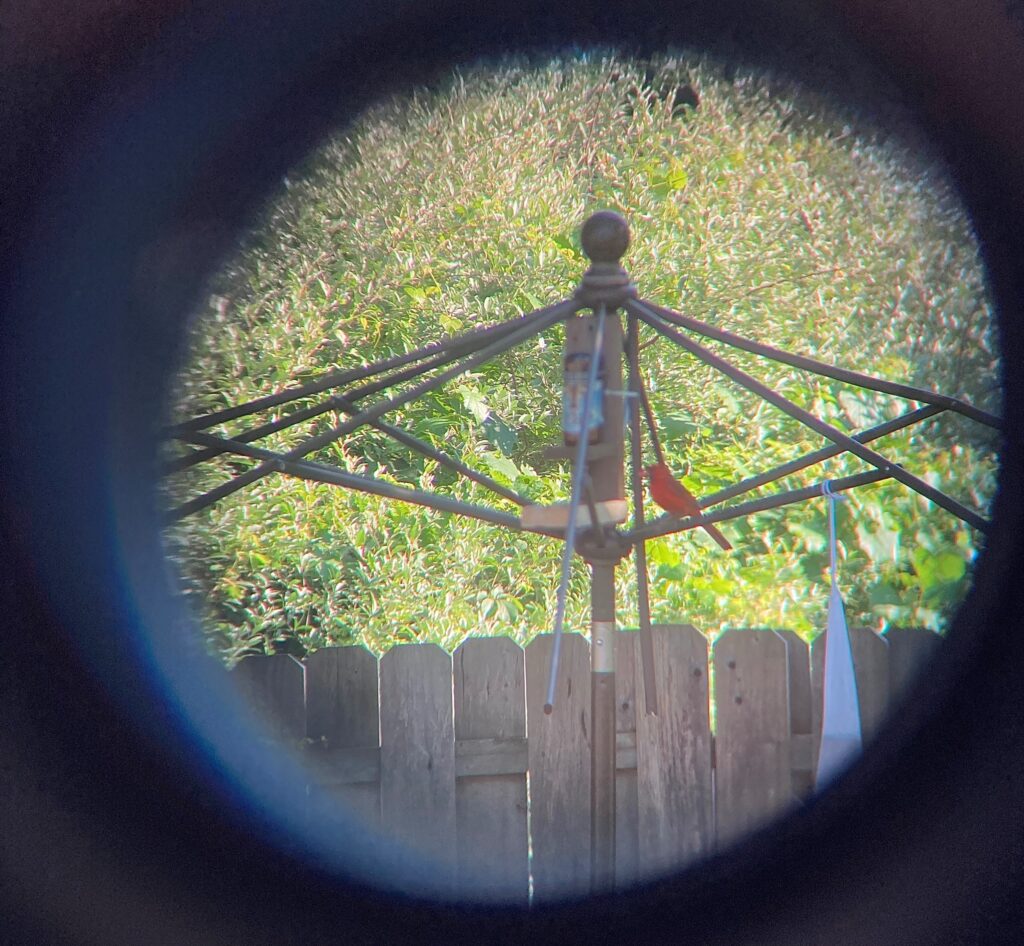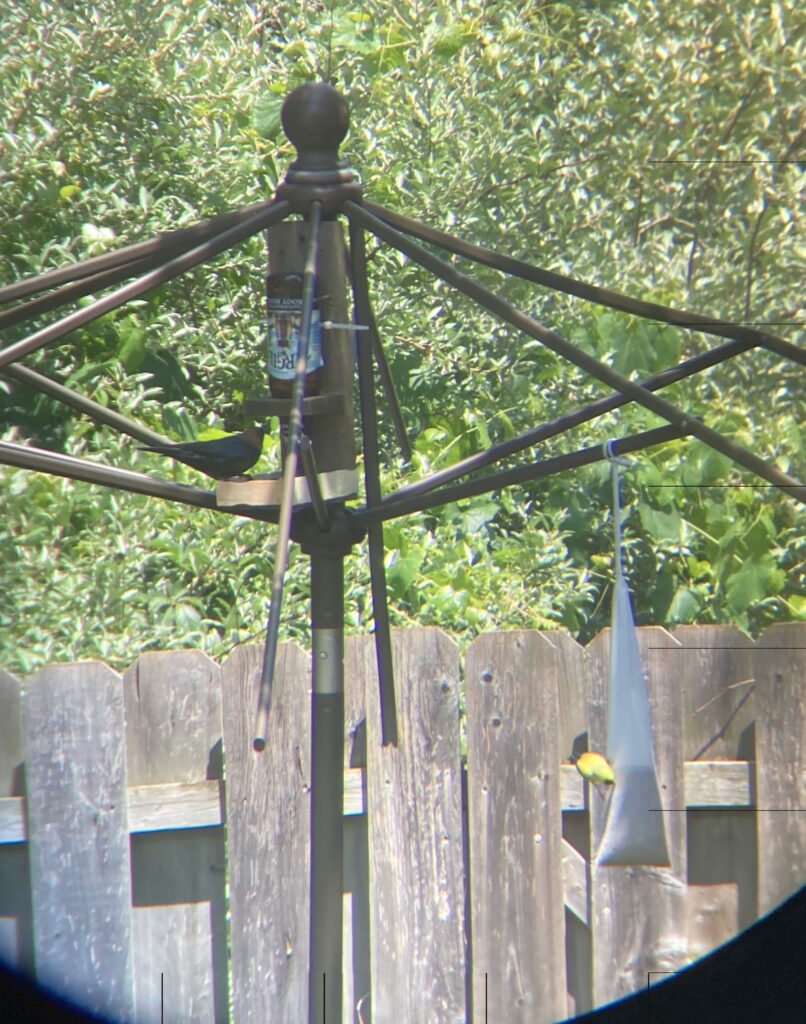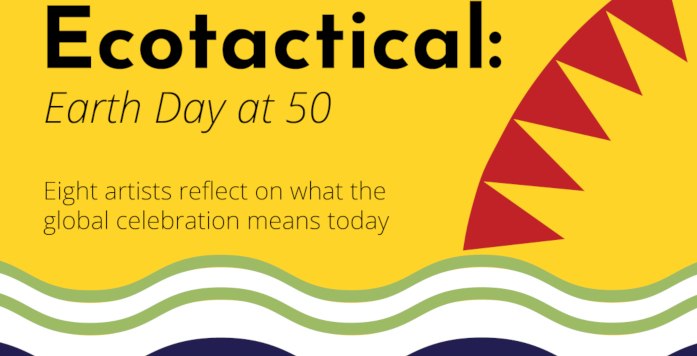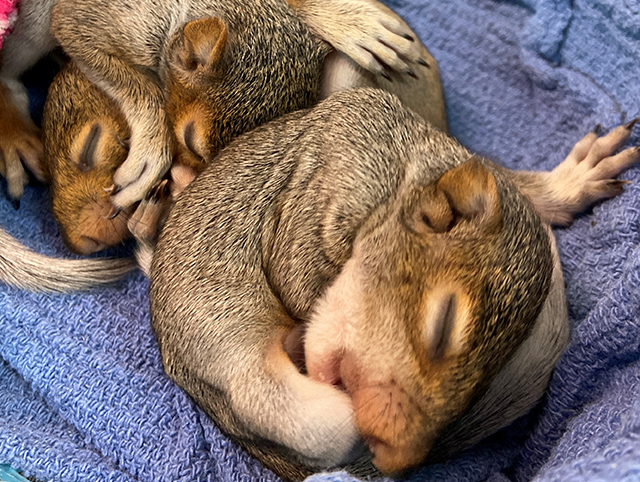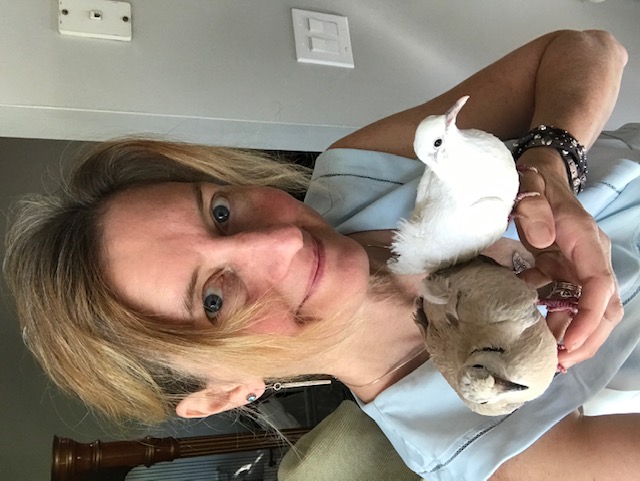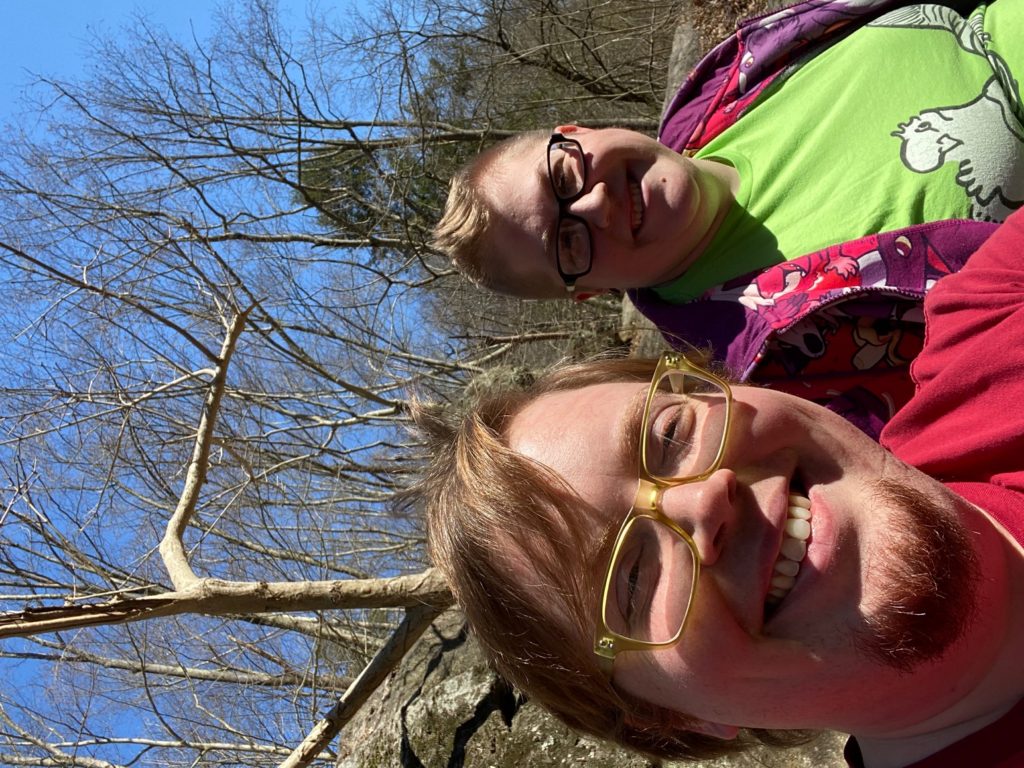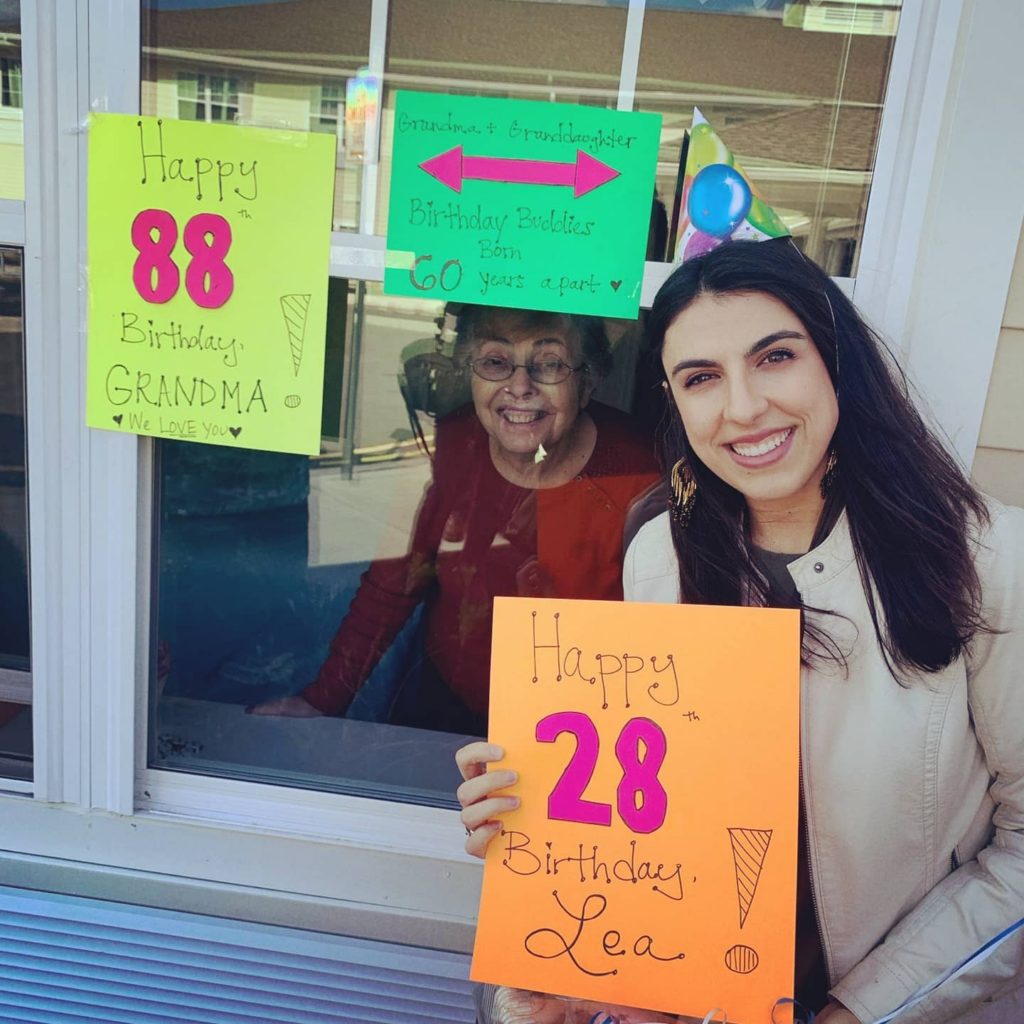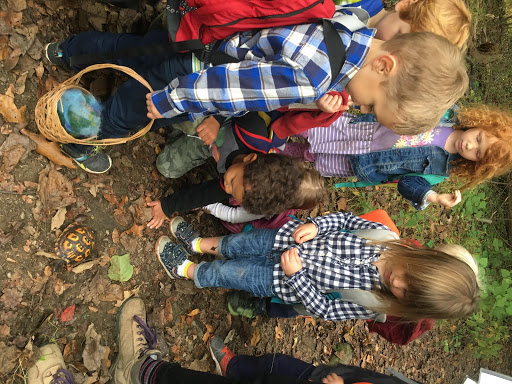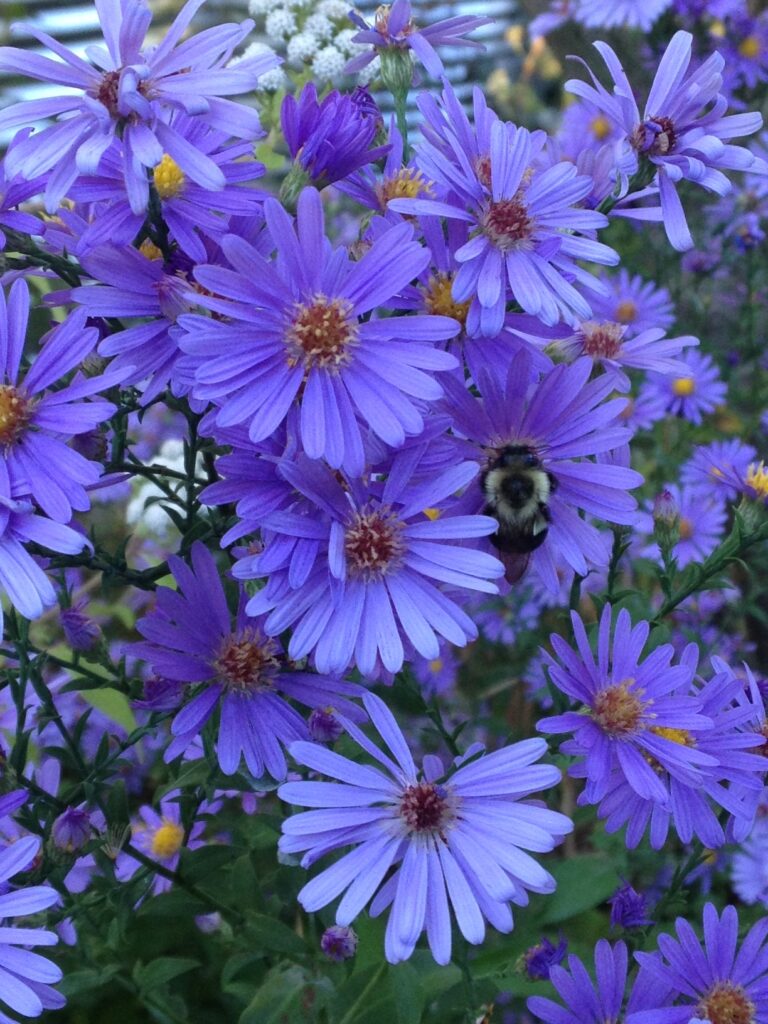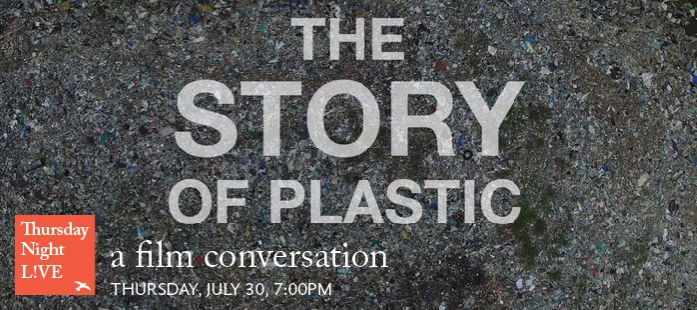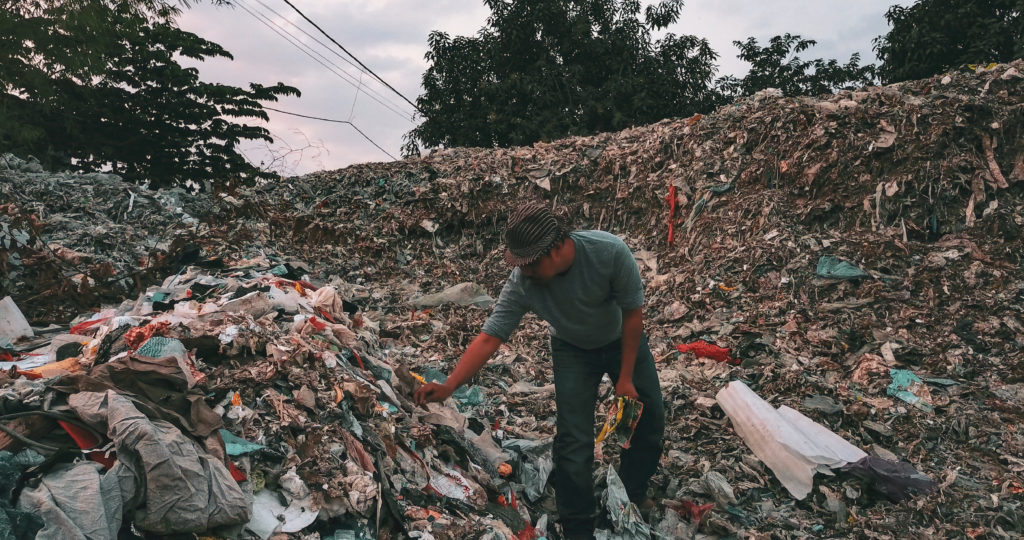Editor’s note: Dana Tobin worked for many years at the Schuylkill Center from the 70s into the 90s, and was founding executive director Dick James’s right hand man for many of those years. We sadly heard he had passed away recently. Our friend Jon Roesser at Weavers Way Coop, where Dana was also very active, just wrote this essay for the Shuttle, their newspaper. We thought we’d share it with you, the Schuylkill Center family, as well. RIP, old friend.
A few years ago, Dana Tobin had an idea: Set up a way for Co-op members to have their five percent working member discount automatically donated at the register to Food Moxie, our affiliated non-profit.
From this idea, the Co-op’s “High Five” program was born. And every month since, a few dozen Co-op members forgo their working member discount and instead have it donated in support of Food Moxie’s various education programs. On average, it’s about $700 a month. So far, more than $66,000 has been donated.
The High Five program is emblematic of how Dana slowly, quietly made the world a better place. No grand gestures, no photo ops with bulky promotional checks — just steady, reliable support, delivered without fanfare and with no strings attached.
Last month, the Co-op lost Dana. He did not die of COVID-19, but his death in the middle of the pandemic adds to the sense of sorrow and loss we are feeling this year.
Up until the pandemic, Dana was a fixture around the Co-op, and while it was often to go shopping, just as often he was up to something else. Picking up cardboard for reuse. Dropping off used egg cartons for someone with backyard chickens. Returning a pile of slightly used paper bags.
A brilliant guy with an extraordinary intellectual curiosity, books helped him understand the world.
He didn’t share his personal beliefs often, and it drove him a bit nuts when others would venture opinions on subjects they barely understood, not an uncommon occurrence here at Weavers Way.
Dana was generous with his time and his money, but never in a showy way. His gifts were small and frequent, and always anonymous, never with an expectation of anything in return.
He earned his Co-op hours by putting together two weekly email lists —“Thursday Food” and “Sunday Food” — in which he would compile links to articles about local food news, agriculture, food systems and the environment. These emails kept us informed and made sure we didn’t miss important news related to our industry.
More than anything else, he was a good friend. When I needed someone to talk to, I could always count on Dana. True to character, he rarely gave advice or opinions. Mostly he would listen, smile, comfort and help me find perspective.
And now that he’s gone, I am truly, deeply sad.
By Jon Roesser, Weavers Way Co-op General Manager

